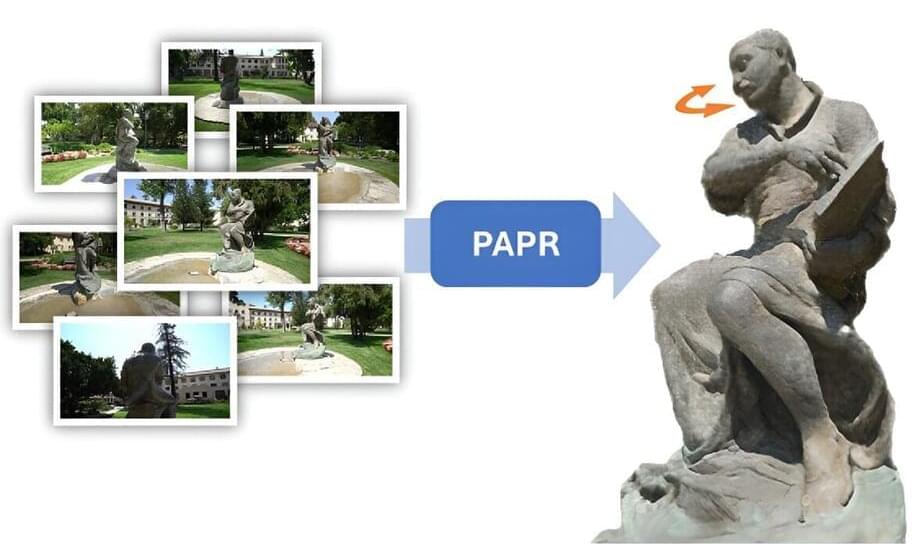Video showed the Francis Scott Key Bridge crumble into the Patapsco River in Baltimore.



Sand ripples are fascinating. They are symmetrical, yet wind — which causes them — is very much not. Furthermore, they can be found on Mars and on Earth. They would be even more fascinating if the same effect found on Mars could be found here on Earth as well. What if one unified theory could explain their formation on two different planets of our solar system?
That is what Ben-Gurion University of the Negev physicist Prof.
Hezi Yizhaq and Prof. Itzhak Katra and their colleagues from Denmark, Germany, Italy, China, and the US contend in a cover article published in Nature Geoscience.

Imagine performing a sweep around an object with your smartphone and getting a realistic, fully editable 3D model that you can view from any angle. This is fast becoming reality, thanks to advances in AI.
Researchers at Simon Fraser University (SFU) in Canada have unveiled new AI technology for doing exactly this. Soon, rather than merely taking 2D photos, everyday consumers will be able to take 3D captures of real-life objects and edit their shapes and appearance as they wish, just as easily as they would with regular 2D photos today.
In a new paper appearing on the arXiv preprint server and presented at the 2023 Conference on Neural Information Processing Systems (NeurIPS) in New Orleans, Louisiana, researchers demonstrated a new technique called Proximity Attention Point Rendering (PAPR) that can turn a set of 2D photos of an object into a cloud of 3D points that represents the object’s shape and appearance.
But what explains this phenomenon? Psychologists have proposed a number of explanations, but I’d argue the key to understanding Tony’s experience lies in a different interpretation of time itself.
When life flashes before our eyes
The experience of life flashing before one’s eyes has been reported for well over a century. In 1,892, a Swiss geologist named Albert Heim fell from a precipice while mountain climbing. In his account of the fall, he wrote is was “as if on a distant stage, my whole past life [was] playing itself out in numerous scenes”
A groundbreaking theory claims that everything in existence possesses some form of consciousness — including the Sun itself.

https://huggingface.co/papers/2403.
The integration and deployment of large language model (LLM)-based intelligent agents have been fraught with challenges that compromise their efficiency and efficacy.
Join the discussion on this paper page.

In a recent study published in eBioMedicine, researchers evaluated proteomic signatures in blood plasma and cervicovaginal fluid for endometrial cancer detection.
Study: Detection of endometrial cancer in cervico-vaginal fluid and blood plasma: leveraging proteomics and machine learning for biomarker discovery. Image Credit: mi_viri/Shutterstock.com.

Mark Solms discusses his new theory of consciousness that returns emotions to the centre of mental life.
Mark’s book \.

A brain tumor is the growth of abnormal cells in the brain or the area near it including nerves, pituitary gland, pineal gland, and membranes that cover the surface of the brain. Sometimes it can happen in the brain tissue as well. Brain tumours can be cancerous (malignant) or it can be non-cancerous (benign). However, both of them can be potentially life-threatening.
On the other hand, movement disorders refer to a cluster of neurological conditions that can either cause increased movements or decreased movements. For the unversed, brain tumours that are specifically affecting the brainstem, can sometimes cause various movement disorders.